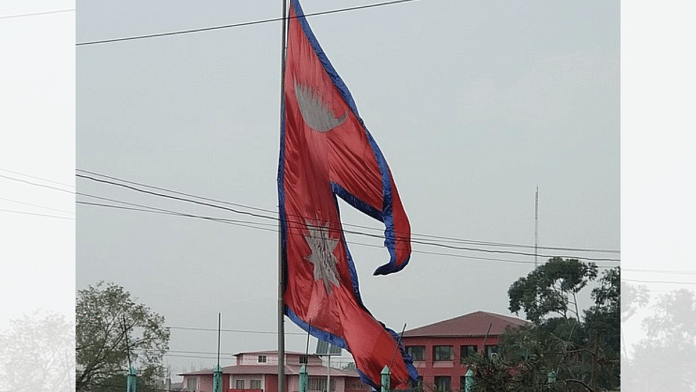New Delhi: Nepal’s decision to circulate a redesigned Rs 100 banknote featuring a map that includes Lipulekh, Kalapani, and Limpiyadhura — territories that India maintains belong to it — has triggered a fresh diplomatic flashpoint between the neighbours. India has termed the move “unilateral” and said it “does not change the ground reality”, signalling early pushback from the Ministry of External Affairs.
This isn’t the first time Nepal has made such claims. In 2019-2020, India built the Lipulekh road for the Kailash-Mansarovar pilgrimage and also published a new political map showing Kalapani as a part of India. Following this, Nepal passed a constitutional amendment and approved a new national map showing three regions disputed with India, turning a boundary disagreement into a political flashpoint.
There have been several rounds of diplomatic talks between India and Nepal, but no joint boundary survey or settlement was reached because neither side was willing to concede on the Kali River’s origin point.
Nepal shares a border with India of over 1,850 km, which includes five Indian states — Sikkim, West Bengal, Bihar, Uttar Pradesh, and Uttarakhand.
The India-Nepal dispute is around a small but strategic area, which is the trijunction of India, Nepal, and China. India and Nepal disagree over the origin of the Kali River, which serves as the border between the two countries. Nepal says the river begins in Limpiyadhura while India maintains that the river’s source is Kalapani in Uttarakhand’s Pithoragarh district.
Now, when the Nepal Rastra Bank (NRB) has launched the new Rs 100 note, the tensions between the two countries have been reignited.
The new banknote features Mt Everest on its left side and a watermark of Nepal’s national flower, Rhododendron, on the right.
In the centre of the note, a faint green colour map of Nepal forms the background. The Ashoka Pillar is also printed near the map on the note with text “Lumbini, the birthplace of Lord Buddha.”. There is a picture of a horned rhino on the back of the note.
It also has a security thread and an embossed black dot, providing accessibility for the visually impaired.
Last year, the NRB had entrusted a Chinese company with printing the new banknotes, after the design was approved by the KP Sharma Oli-led cabinet. Oli resigned earlier this year following Gen Z-led nationwide protests against corruption and government crackdown on social media.
The China Banknote Printing and Minting Corporation was commissioned to design, print, supply, and deliver 300 million Rs 100 notes at a cost of $8,996,592 (a little over 1.2 billion Nepalese rupees).
(Edited by Aamaan Alam Khan)






